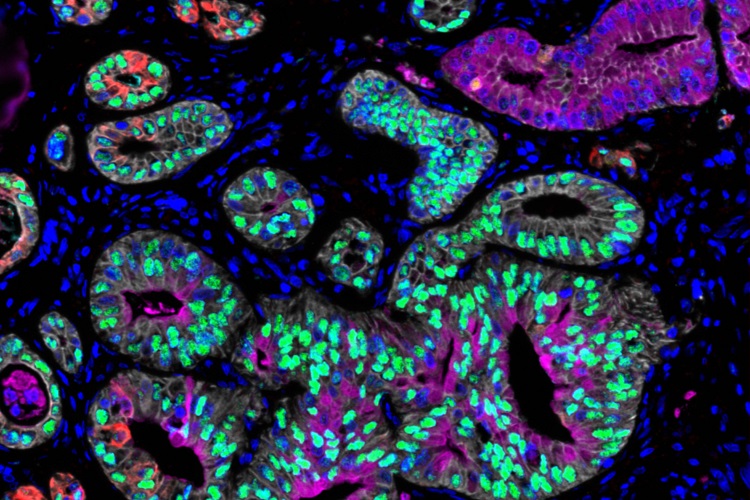Study Reveals Cells Alter Themselves If Body Is Subjected To Starvation
Researchers from the FMP have got new insights into this fundamental mechanism in human cells while examining a rare genetic muscle illness - X-linked centronuclear myopathy (XLCNM). Read on for details:

Berlin: Cells need a steady flow of energy for the bodily functions to go smoothly. The cellular metabolism must adjust during starving periods, when no nutrients are absorbed from food, in order to guarantee a steady supply of energy.
Researchers from the FMP have got new insights into this fundamental mechanism in human cells while examining a rare genetic muscle illness - X-linked centronuclear myopathy (XLCNM).
The X chromosome's faulty gene causes this condition, which typically affects boys and causes a skeletal muscle developmental abnormality. Children who suffer from this acute muscle weakness frequently need ventilator support and are wheelchair-bound. Affected people do not live above the age of 10 to 12; in severe cases, they pass away shortly after.
Also Read |
Research Reveals Starvation Causes Cell Remodelling
The genetic defect present in this disease affects the lipid phosphatase MTM1. This enzyme controls the turnover of a signaling lipid on endosomes, vesicle-like structures in cells involved in the sorting of nutrient receptors. It was during the study of the structure of mutant human muscle cells from patients that the researchers discovered changes in the endoplasmic reticulum (ER), a membrane network that spans the entire cell. In healthy cells, the ER forms a large interconnected network of "flattened" membrane-enclosed sacs near the nucleus of the cell and narrow tubules in the cell periphery. In diseased cells, this equilibrium is shifted towards the tubules and, moreover, the membrane-enclosed sacs appear perforated. The researchers found a very similar accumulation of narrow ER tubules and perforated membrane-enclosed sacs in starved cells, in which MTM1 was genetically inactivated.
"Muscles are highly sensitive to starvation; their energy reserves are soon depleted. We therefore began to suspect that the defect in cells from XLCNM patients might be related to an incorrect response to starvation," reported Volker Haucke. When cells are starved, amino acid deficiency occurs. As a result, the researchers found, the ER undergoes changes in shape in healthy cells - the outer narrow tubules regress and are converted into flat membrane-enclosed sacs. This altered structure of the ER enables the mitochondria - spherical organelles that supply the cell with energy (adenosine triphosphate, ATP) and are in contact with the ER - to fuse together. "Such greatly enlarged 'giant mitochondria' are much better able to metabolize fats," explained Dr. Wonyul Jang, lead author of the study.
However, fats cannot be transported or burned efficiently in cells deficient in MTM1. The endosome controlled by MTM1 plays the key role in this process. In healthy cells, starvation reduces the contact points between endosomes and the ER, allowing the latter to reshape as a result. In cells of XLCNM patients, however, no contact site reduction occurs: the endosome exerts a "pulling force" on the ER, causing the stabilization of peripheral tubules and fenestration of the membrane-enclosed sacs. Since peripheral ER tubules are responsible for mitochondrial fission, mitochondria remain small in the absence of MTM1. In this shape, they are much less able to burn storage fats, resulting in severe energy deficiency in the cell (1).
Also Read |
Here's why Priyanka Chopra meets PM Modi in Berlin
"We have found a completely new mechanism for how different compartments in the cell communicate with each other such that cell metabolism adapts in response to food supply," summarized Volker Haucke. In light of this, the current study shows that starvation is totally harmful to the muscle cells of XLCNM patients. They need constant food intake to prevent muscle proteins from being broken down into amino acids. FMP researchers were able to show in a second study (2) that defects due to a loss of the lipid phosphatase MTM1 can essentially be repaired by inactivating the "opposing" enzyme, the lipid kinase PI3KC2B. Only time will tell if this will work in XLCNM patients. The team led by Volker Haucke is currently working to find a suitable inhibitor that can suppress PI3KC2B activity. They have already demonstrated in cell culture that this is possible in principle. (ANI)
 Dynamite News
Dynamite News 